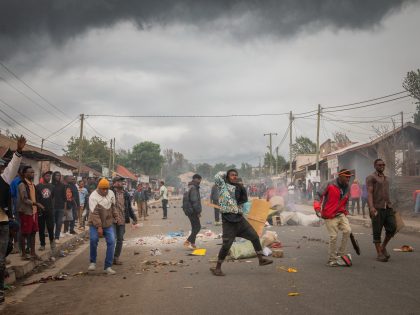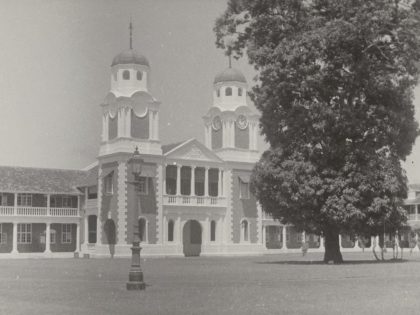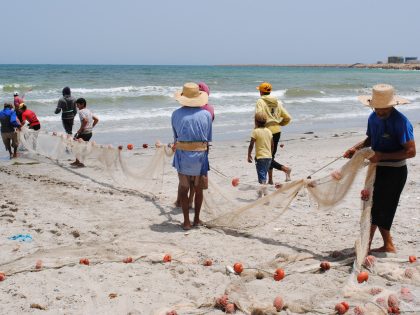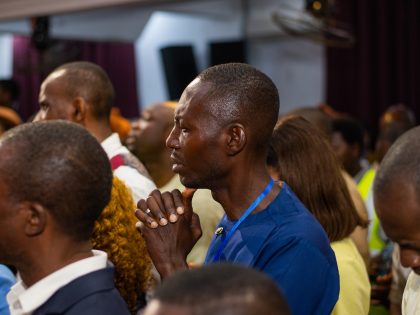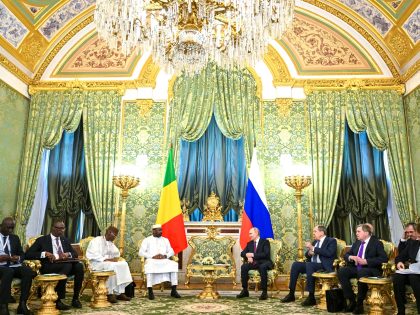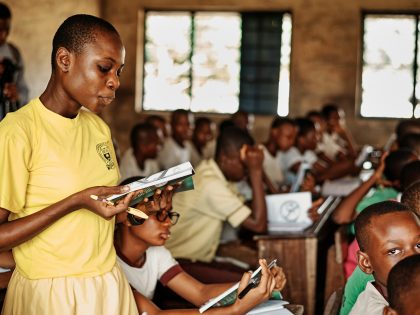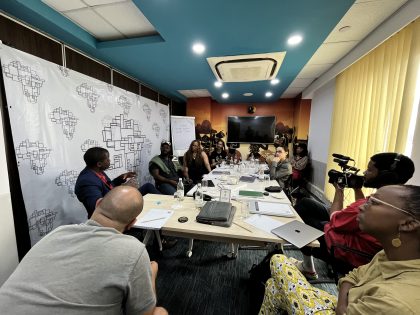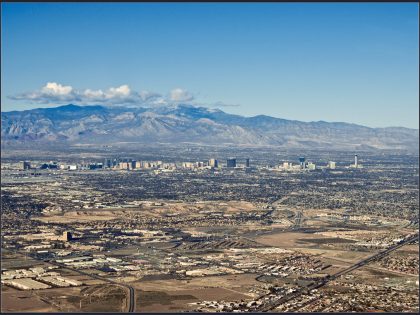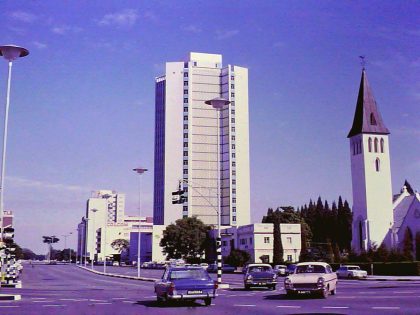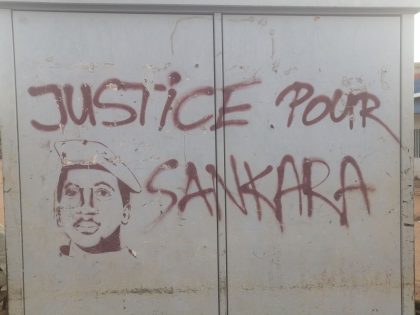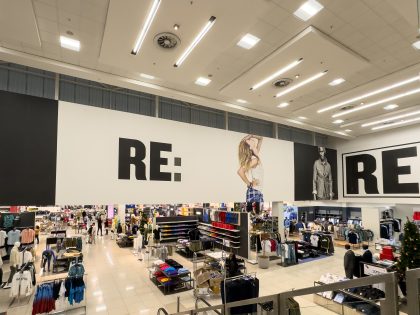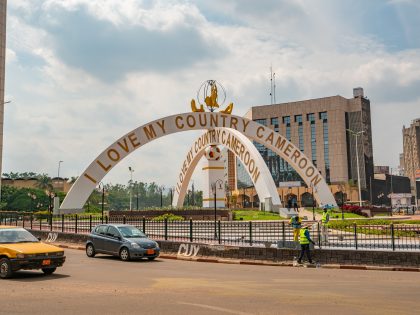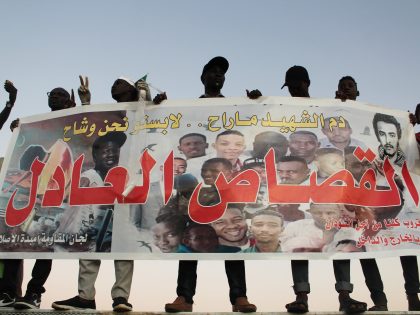'South Africa, 1965 to Now,' at MoMA

During the oppressive years of apartheid rule in South Africa, not all artists had access to the same opportunities. But far from quashing creativity and political spirit, these limited options gave rise to a host of alternatives—including studios, print workshops, art centers, schools, publications, and theaters open to all races; underground poster workshops and collectives; and commercial galleries that supported the work of black artists—that made the art world a progressive environment for social change. Printmaking, with its flexible formats, portability, relative affordability, and collaborative environment, was a catalyst in the exchange of ideas and the articulation of political resistance.
Impressions from South Africa, 1965 to Now presents prints by 29 artists and organizations from MoMA’s collection that demonstrate the unusual reach, range, and impact of printmaking in a country during and after a period of political upheaval. From the earliest print, a 1965 linoleum cut by Azaria Mbatha, to recent works by a younger generation that investigate a multiplicity of themes and forms in the wake of apartheid, these works are striking examples of printed art as a tool for social, political, and personal expression. Featured artists include Bitterkomix, Kudzanai Chiurai, Sandile Goje, William Kentridge, Senzeni Marasela, John Muafangejo, Cameron Platter, Claudette Schreuders, and Sue Williamson.
Organized by Judith B. Hecker, Assistant Curator, Department of Prints and Illustrated Books.
